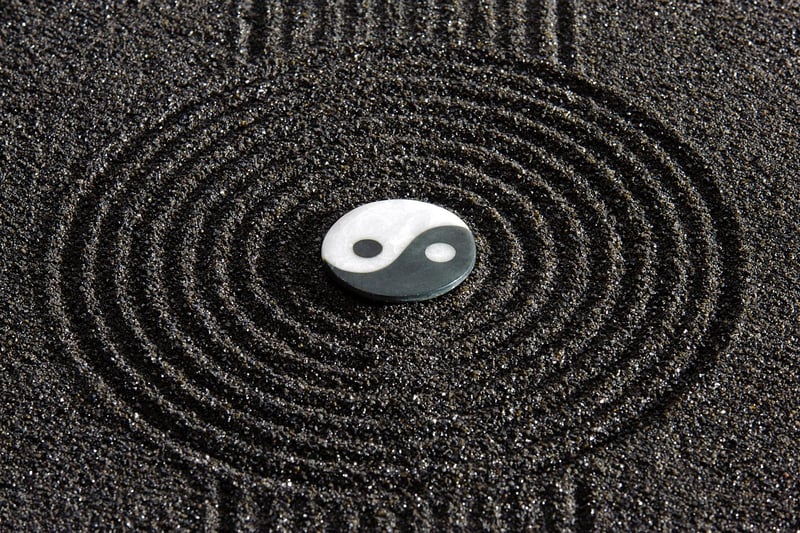Yang Style
The Art of Tai Chi Chuan: Exploring the Yang Style
Tai Chi Chuan, also known as Taijiquan, is a traditional Chinese martial art that embodies the principles of balance, harmony, and internal energy cultivation. Within the realm of Tai Chi Chuan, the Yang Style is one of the most widely practiced and revered forms, known for its graceful movements and health benefits.
Origin of Yang Style Tai Chi Chuan
The Yang Style of Tai Chi Chuan was founded by Yang Luchan (1799–1872), who was a prominent figure in the martial arts world of the Qing dynasty. Yang Luchan learned the Chen Style of Tai Chi Chuan and later modified it to create a more gentle and accessible form, which eventually became known as the Yang Style.
Characteristics of Yang Style Tai Chi Chuan
The Yang Style is characterized by its slow, continuous, and flowing movements that emphasize relaxation, balance, and internal strength. Practitioners focus on maintaining a straight posture, rooted stances, and smooth transitions between postures, all while cultivating the flow of Qi (vital energy) throughout the body.
Benefits of Practicing Yang Style Tai Chi Chuan
- Improves balance, flexibility, and coordination
- Enhances relaxation and reduces stress
- Boosts mental clarity and focus
- Strengthens muscles and improves overall fitness
- Supports the immune system and promotes longevity
Getting Started with Yang Style Tai Chi Chuan
If you are interested in learning Yang Style Tai Chi Chuan, consider joining a local Tai Chi class or finding a qualified instructor who can guide you through the principles and movements of this ancient art. Practice regularly, be patient with yourself, and enjoy the journey of self-discovery and wellness through Tai Chi Chuan.

Embrace the beauty and serenity of the Yang Style Tai Chi Chuan as you embark on a path of holistic well-being and self-improvement.
Remember, Tai Chi Chuan is not just a martial art but a way of life that brings harmony to the mind, body, and spirit.
Start your journey with Yang Style Tai Chi Chuan today and experience the transformative power of this ancient Chinese practice.
